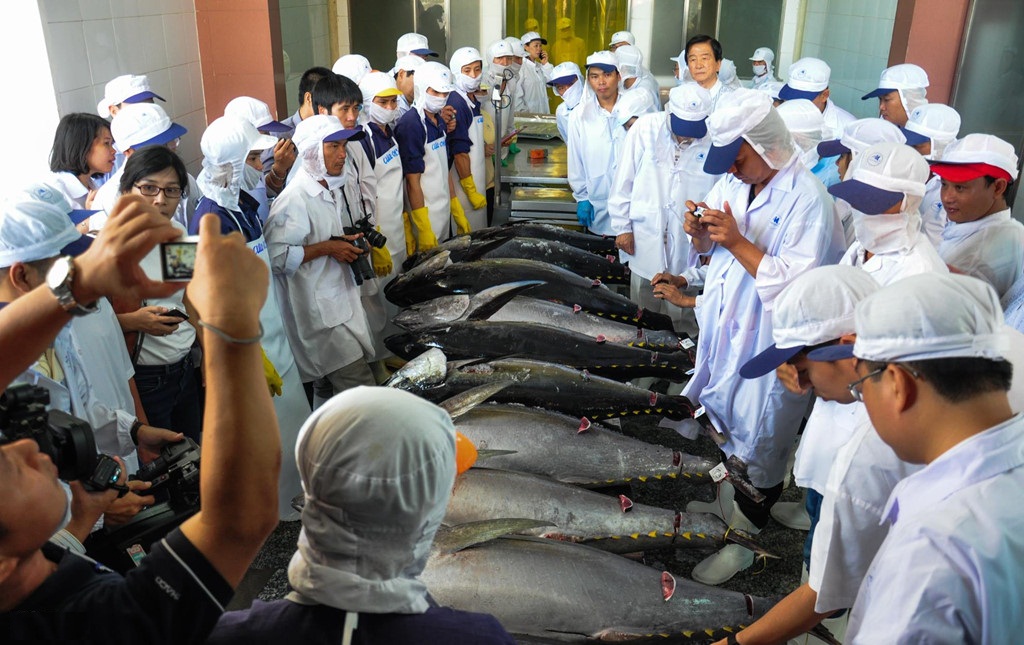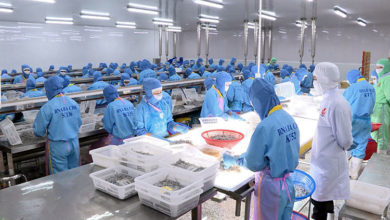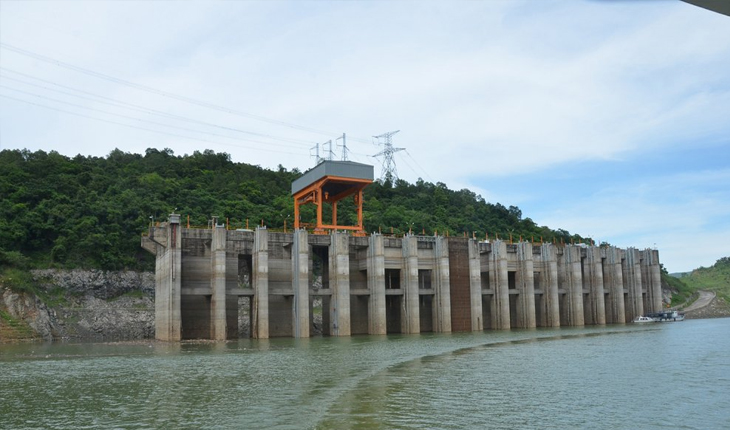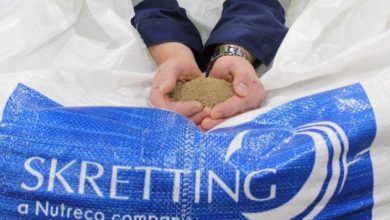Potential plant species for saltwater aquaponic models
The aquaponic model has so far only focused on freshwater animals and plants because no plant species with salt tolerance has been found. Recently, however, it was discovered that sea asparagus is a good candidate.
Asparagus is concentrated on land, salt marshes, and coastal areas in Europe, and is now popularly sold in supermarkets there, either as fresh produce or as a dried herb. The nutritional value of asparagus is rich in secondary metabolites, such as chlorophyll, carotenoids, saponins, flavonoids, and flavanones or lignans.
Epidemiological studies indicate that secondary metabolites from plants or foods of plant origin can reduce the risk of various non-communicable diseases such as diabetes, cardiovascular diseases, disorders eye-related, and certain types of cancer. Sea asparagus lights up as a potential source of new nutrients.
Chlorophyll can prevent DNA damage and thus has chemoprotective properties. Among the carotenoids, the main focus in green leafy vegetables is on their β-carotene content as provitamins, lutein, and zeaxanthin are associated with eye health, such as that they may help prevent age-related macular degeneration works,…
Although sea asparagus is native to Europe, they have been grown and grown in Vietnam, specifically in the saline soil of Ca Mau. The sea asparagus product of the project “HALOFAI – Taste from salty soil” has won the first prize in the framework of the Mekong Delta Startup Contest 2021, organized by the Vietnam Chamber of Commerce and Industry Can Tho branch (VCCI Can Tho). in collaboration with the Mekong Delta Startup Network (MSN) to organize in early 2022.
Marine asparagus is a good candidate in an aquaponic model for saltwater aquaculture. In addition to meeting consumer and economic needs, it also solves the problem of environmental pollution from waste discharge in aquaculture. According to reports, this plant can be grown indoors, as well as can live and grow well in aquaculture water.
Many studies have determined the effects of saline water on growth, germination, and seed quality, as well as demonstrating the successful cultivation of asparagus in seawater, sodium chloride solution, brackish water, or wastewater. These are approaches to better understand the living characteristics of this plant, is sea asparagus really easy to grow under vegetative conditions, especially in urban farming models. Or environmentally friendly farming models, especially aquaponic models, a solution for aquaculture and saline agriculture.
Sea asparagus is not only salt-tolerant but also has the ability to remove N from water. Specifically, marine asparagus produced high biomass in the NO3- environment compared with growth in the NH4+ medium or N absorption in the form of NO3- and NH4+ when the plants were supplemented with and without supplement. This also suggests that intensive aquaculture systems that produce more concentrated waste are more suitable to support marine asparagus growth.
Sea asparagus will be a good candidate to meet the demand for livestock production and salted crops in the aquaponic model. The common goal of sustainable modern agriculture is to reduce the impact on the environment and reduce dependence on non-renewable resources, reducing pressure on the use of fresh water in the future.
VFM






